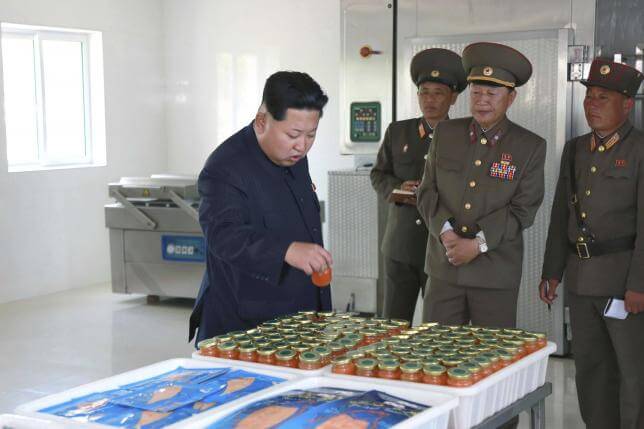US tried to destroy North Korea nuke arms with computer virus but failed
The United States launched a covert operation to try and attack North Korea's nuclear weapons program with computer virus five years ago, a US intelligence source revealed.
Unfortunately, the Stuxnet virus failed to penetrate the program owing to North Korea's iron-clad secrecy and the extreme isolation of the hermit nation's communication systems, the source said in an exclusive report by Reuters.

Similar Stuxnet attacks allegedly launched by the US and Israel on Iran's nuclear program in 2009 and 2010 were said to have destroyed centrifuges that were enriching uranium, thus emboldening the US to try a similar strategy against North Korea, the source said.
The unnamed source said Stuxnet's developers designed a virus that would be activated when it came across Korean-language settings on an infected machine.
However, US agents failed to access the machines that ran North Korea's nuclear weapons program.
The operation led by the National Security Agency was stymied by North Korea's secrecy and extreme isolation of its communications systems.
"North Korea has some of the most isolated communications networks in the world. Just owning a computer requires police permission, and the open Internet is unknown except to a tiny elite. The country has one main conduit for Internet connections to the outside world, through China," Reuters reported.
The source said the US has launched many cyber espionage campaigns, but only the attacks on North Korea and Iran were known to have used software meant to destroy equipment.
North Korea's nuclear program has long been a concern for the United States. Sanctions have been imposed on North Korea because of its nuclear and missile tests.
North Korea and Iran have similar nuclear programs, and the two countries have been known to collaborate on military technology.
Reuters said the two countries use a system with P-2 centrifuges with control software developed by Siemens AG that runs on Windows operating system.
The vulnerabilities in the Siemens and Windows programs were used by Stuxnet.
However, a Harvard University fellow said one must get in the system.
"Stuxnet can deal with both of them. But you still need to get it in," said Olli Heinonen, senior fellow at Harvard University's Belfer Center for Science and International Affairs and former deputy director general of the International Atomic Energy Agency.
David Albright of the Institute for Science and International Security said US agents might have tried to get to North Korea by compromising suppliers from Iran, Pakistan or China.
"There was likely an attempt" to attack North Korea's nuclear program with software, he said.











